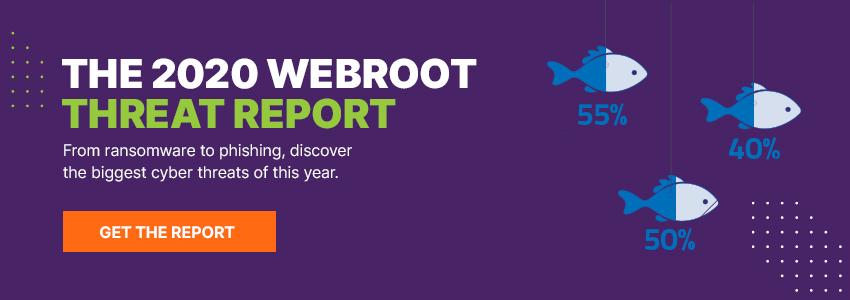A Trojan, or Trojan horse, is a type of malware that conceals its true content to fool a user into thinking it's a harmless file. Like the wooden horse used to sack Troy, the "payload" carried by a Trojan is unknown to the user, but it can act as a delivery vehicle for a variety of threats.
Are you prepared for today’s attacks? Discover the year’s biggest cyber threats in our annual Threat Report.
Types of Trojan viruses
Some of the most common types of Trojan virus include:
-
Backdoor Trojans - This type of Trojan allows hackers to remotely access and control a computer, often for the purpose of uploading, downloading, or executing files at will.
-
Exploit Trojans -These Trojans inject a machine with code deliberately designed to take advantage of a weakness inherent to a specific piece of software.
-
Rootkit Trojans -These Trojans are intended to prevent the discovery of malware already infecting a system so that it can affect maximum damage.
-
Banker Trojans -This type of Trojan specifically targets personal information used for banking and other online transactions.
-
Distributed Denial of Service (DDoS) Trojans - These are programmed to execute DDoS attacks, where a network or machine is disabled by a flood of requests originating from many different sources.
-
Downloader Trojans -These are files written to download additional malware, often including more Trojans, onto a device.
How to recognize and detect a Trojan virus
Because Trojans are used as a delivery device for a number of different types of malware, if you suspect your device may have been breached by a Trojan, you should look for many of the same telltale signs of malicious software. These may include:
-
Poor device performance- Is your computer or mobile device running slowly or crashing more frequently than normal?
-
Strange device behavior- Are programs running you didn’t initiate or are other unexplained processes being executed on your device?
-
Pop-up and spam interruptions- Are you noticing an uptick in the number of interruptions from browser pop-ups or email spam?
If your device is exhibiting these symptoms, it’s possible a Trojan virus has managed to sneak its payload onto your computer. Try searching your computer for any programs or applications you don’t remember installing yourself. Enter any unrecognized file names or programs into a search engine to determine if they are recognized Trojans.
Finally, if you haven’t already, scan your computer with antivirus software to see if it has uncovered a malicious file.
Examples of Trojans
-
Zeus - Also known as Zbot, Zeus is a successful Trojan malware package with many variants used to carry out a number of different types of attack. It’s perhaps most well-known for its successful hack of the U.S. Department of Transportation.
-
Wirenet - Wirenet is a password-stealing Trojan notable for being among the first to target Linux and OSX users, many of whom were migrating from Windows operating systems based on perceived security flaws.
-
Mobile banking Trojans - Webroot has documented a number of Trojans written to target mobile banking apps for the purpose of stealing login credentials or replacing legitimate apps with malicious ones.
Protect your computer from Trojan horse threats
As with protecting against most common cybersecurity threats, effective cybersecurity software should be your front line of protection. An effective internet security solution should run fast, frequent scans and alert you as soon as a Trojan virus is detected.
If you're reading this because it's already too late, see our page on removing malware infecting your computer. If you're reading this to stay safe from these types of attacks in the future, there are a few best practices in addition to installing cybersecurity software to help keep yourself safe:
-
Never download or install software from a source you don’t trust completely
-
Never open an attachment or run a program sent to you in an email from someone you don’t know.
-
Keep all software on your computer up to date with the latest patches
-
Make sure a Trojan antivirus is installed and running on your computer
Read more about Trojan viruses
To stay up to date with emerging Trojan viruses and other online threats, stay tuned to the Webroot Threat Blog.
It’s where our team of dedicated threat researches keeps you informed about developing threats, trends in cybercrime, and other news from around the cybersecurity industry.

